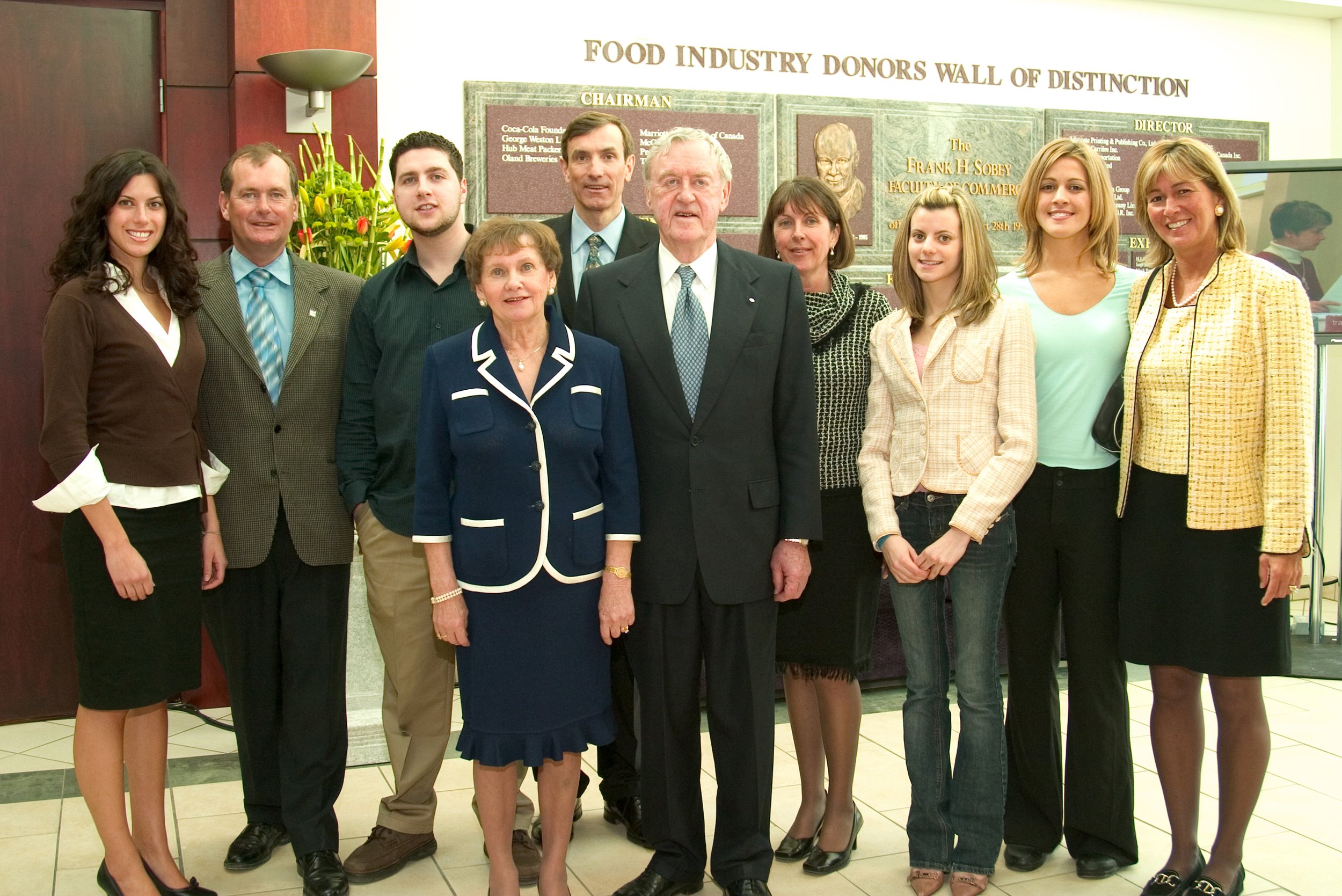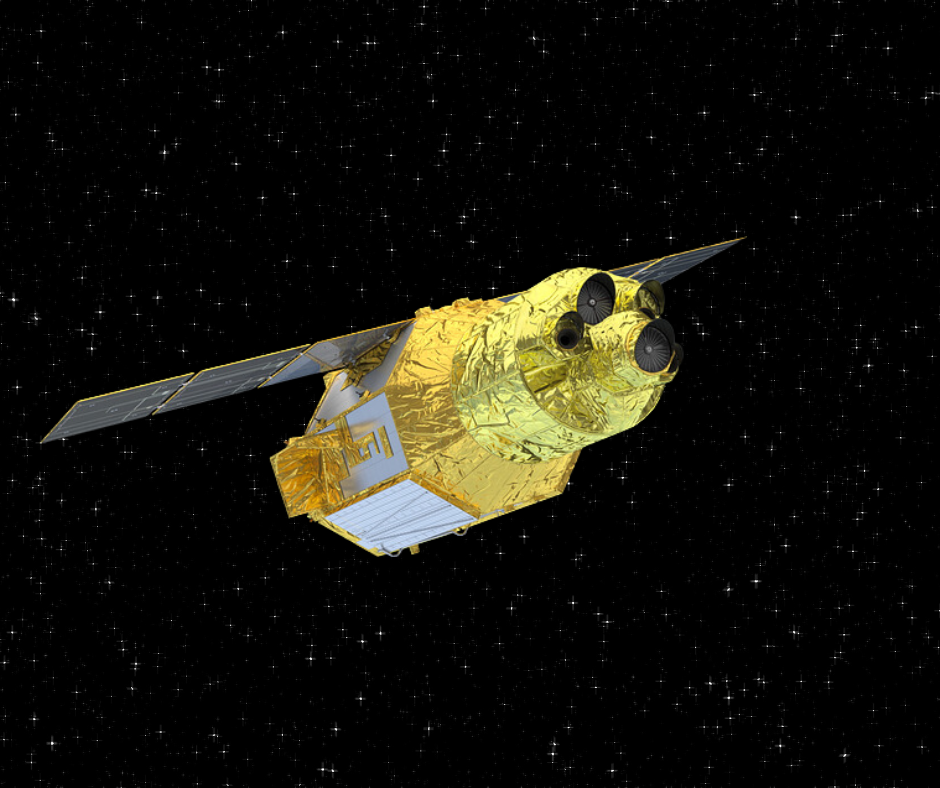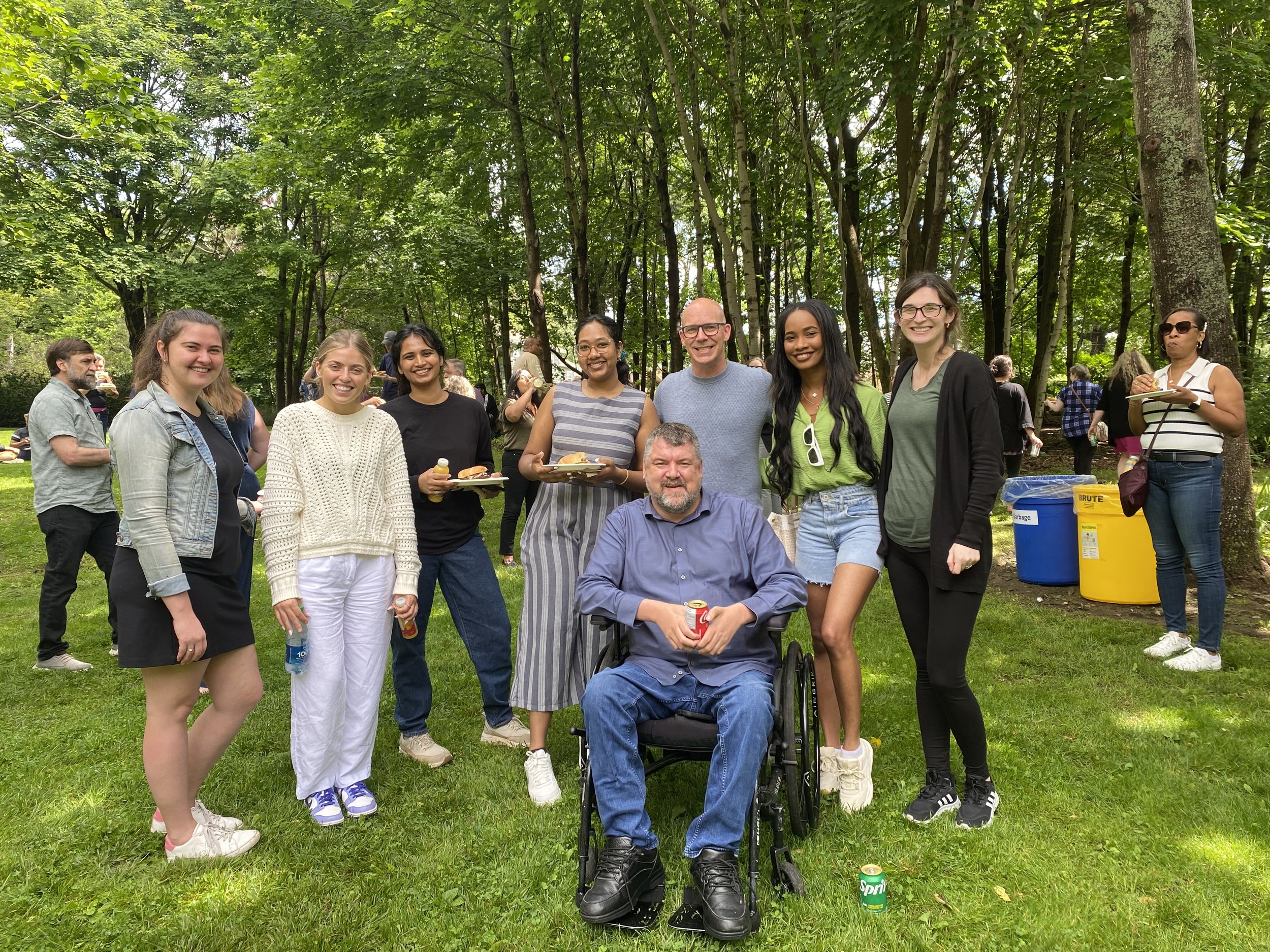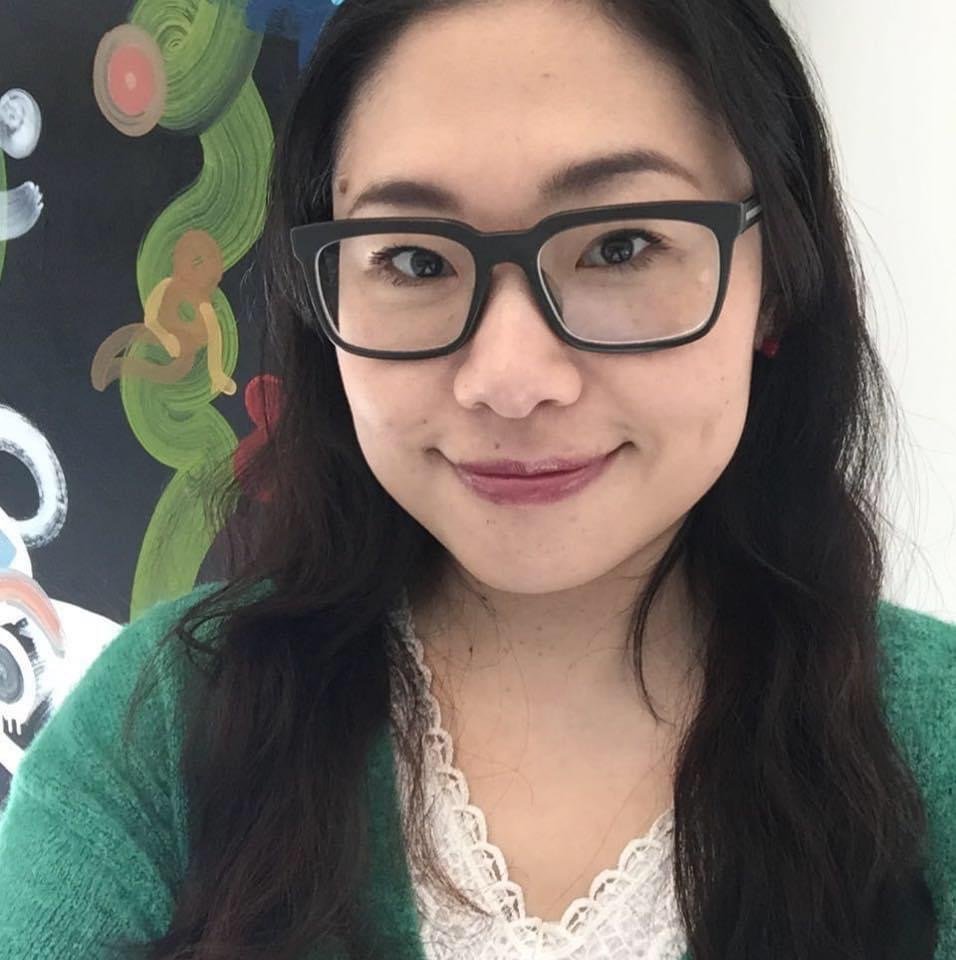Dr. David Sobey, CM, DComm’91, Chancellor Emeritus
1931-2023
The Saint Mary’s University community mourns the passing of Dr. David Sobey, C.M., DComm’91, Chancellor Emeritus of Saint Mary’s University. We join with his family, friends and colleagues in sharing their grief and honouring the life of this steadfast Nova Scotian and exemplary Canadian.
David has left an indelible mark on the lives of students, faculty and staff at Saint Mary's University. His unwavering generosity and guidance over the years have transformed the university and the Sobey School of Business. His legacy will continue to shine through the countless students he has empowered to pursue their dreams and through the David Sobey Centre for Innovation in Retailing and Services established through David’s generosity and vision.
David Sobey had a long and warm association with the university and in particular with the Sobey School of Business named in honour of his father, Frank H. Sobey. David received an Honorary Doctorate of Commerce in 1991 and cut the ribbon for the new Sobey Building in 1998. Along with his wife, Faye, he was a strong supporter of Saint Mary’s for more than three decades, beginning in 1986 with his service on the Board of Governors. From 1991 to 1998, he chaired the Building on Strength Capital Campaign, helping to raise $24 million. When the Sobey School of Business Advisory Committee met for the first time in 2002, David was a member. From 2008 to 2010, he served as Saint Mary’s first lay chancellor, conferring degrees to thousands of students at convocation.
In 2019, David announced the $18 million gift from the Sobey family, The Sobey Foundation, Sobeys Inc. and Empire Company Limited. As part of that gift, the Sobeys Inspiration Hub is opening this fall, another stellar tribute to the legacy of David Sobey, the Sobey family, The Sobey Foundation, Sobeys Inc. and Empire Company Limited.
“We are very saddened to hear the news of David’s passing,” said President and Vice-Chancellor Dr. Robert Summerby-Murray. “We are honoured to count David Sobey as a friend and guide over many years. He visited campus not only for important events and meetings but often came to watch the progress of the latest building project or meet with faculty, staff and students and hear about their achievements. I will miss his presence and thoughtful leadership that have touched the lives of so many.”
We invite the campus community to sign a book of condolences that will be in the lobby of the Sobey School of Business.






















































